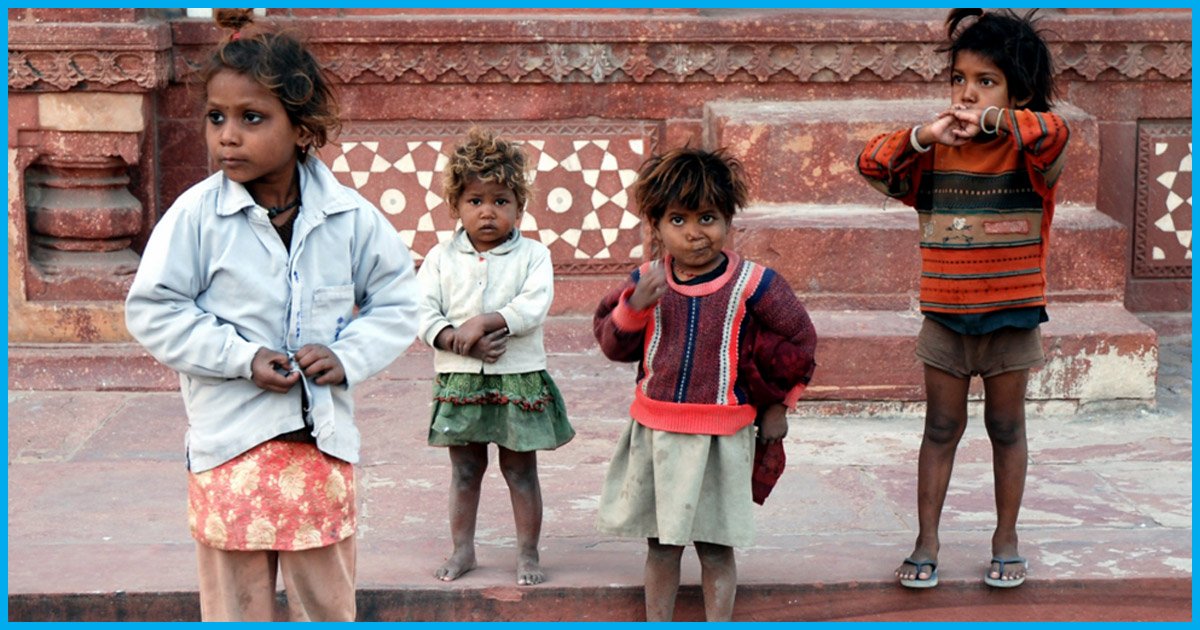
India Has The Highest Number Of Stunted Children In The World: Report
6 Jun 2017 9:39 AM GMT
“For at least 700 million children worldwide – and perhaps hundreds of millions more – childhood has ended too soon,” – reads the first sentence of Save the Children’s End of Childhood Report 2017.
According to the report released on June 1, International Children’s Day, the plight of children worldwide is dire. The major reasons included poor health, conflict, extreme violence, child marriage, early pregnancy, malnutrition, exclusion from education and child labour.
The world stats can be read here:

The top 10 countries where childhood is most threatened are all African nations, while the top 10 countries where childhood is least threatened are mostly Nordic and European nations.

Where does India stand on the End of Childhood Index?
Out of the 172 countries analysed in the report, India ranks 116 (many children missing out on childhood) on the End of Childhood Index.
The country is the worst performer out of the BRICS nations, with Russia ranking 37, China, 41, Brazil, 89 and South Africa, 78.
India’s neighbours – Sri Lanka (61), Bhutan (93) and Myanmar (112) – performed better, while Bangladesh (134) and Pakistan (148) fared worse.
The under-5 mortality rate (deaths per thousand live births) in India is 47.7, child stunting (aged 0-59 months) 38.7%, out-of-school children of primary and secondary school age 18.6%, children engaged in child labor (aged 5-14) 11.8%, adolescents currently married or in union (girls aged 15-19) 21.1%, and adolescent birth rate (births per 1,000 girls aged 15-19) 23.3%.
In India, 39% (highest in the world) of the children under age 5 and one-third of girls aged 15-19 are stunted.

Stunting is caused by, and contributes to, vicious intergenerational cycles of poverty. Mothers who are undernourished are more likely to have undernourished children.
The prevalence of stunting among children under age 5 worldwide is steadily declining – from 40 percent in 1990 to 23 percent in 2015. But children from poor families remain much more likely to be stunted than their wealthiest counterparts.
Another problem that India grapples with is Teenage Childbearing, and “half of all adolescent births occur in just seven countries: Bangladesh, Brazil, Democratic Republic of the Congo, Ethiopia, India, Nigeria and the United States.” The report says that if all adolescent girls in India had been able to wait until their early 20s to become mothers, the country would have an economic productivity equal to over $7.7 billion.
Oxford’s Global Multidimensional Poverty Index 2017
The Oxford Poverty and Human Development Initiative also released a report last month on the Global Multidimensional Poverty Index (MPI) 2017.
The report provides a headline estimation of poverty and its composition for 103 countries across the world.
As per this report too, India’s children are suffering.
In 36 countries, including India, at least half of all children are MPI poor. The index also says that India has more destitute people (295 million) than Sub-Saharan Africa (282 million).
The Logical Indian take
India ranks low in the End of Childhood Index. It is the country with the maximum number of stunted children in the world.
Stunted growth is caused by chronic malnutrition in the first 1,000 days of a child’s life and contributes to vicious intergenerational cycles of poverty.
Stunted children often perform poorly in school and have fewer professional opportunities later in life, so they earn less, and perpetuate poverty in their families. Low income, lack of health care and reduced access to proper nutrition continue to impact them.
Another index where India stands tall is teenage childbearing.
Most teenage girls do not want to have babies but are unable to avoid pregnancy due to societal pressures.
Lack of education and awareness, poverty, healthcare and flawed legislations are other contributing factors that prevent India to protect its girl child.
In rural parts of the country, most girls either do not have the knowledge of contraceptives, find them too costly to afford or do not have access to them.
In many cases, girls are unable to resist sex and engage in unprotected coerced sex.
The biggest problem that our country faces today is an uneducated patriarchal society. Any issue will only be solved when people’s minds are broadened and the standard of living improved.
The Logical Indian urges the government, the concerned authorities and every citizen of India to take the above reports as indicators of where we currently are and where we should aim to be in the future. As Nelson Mandela said, “There can be no keener revelation of a society’s soul than the way in which it treats its children,” and we need to assure that.
Read the full Save the Children report here and the Oxford report here.
 All section
All section













